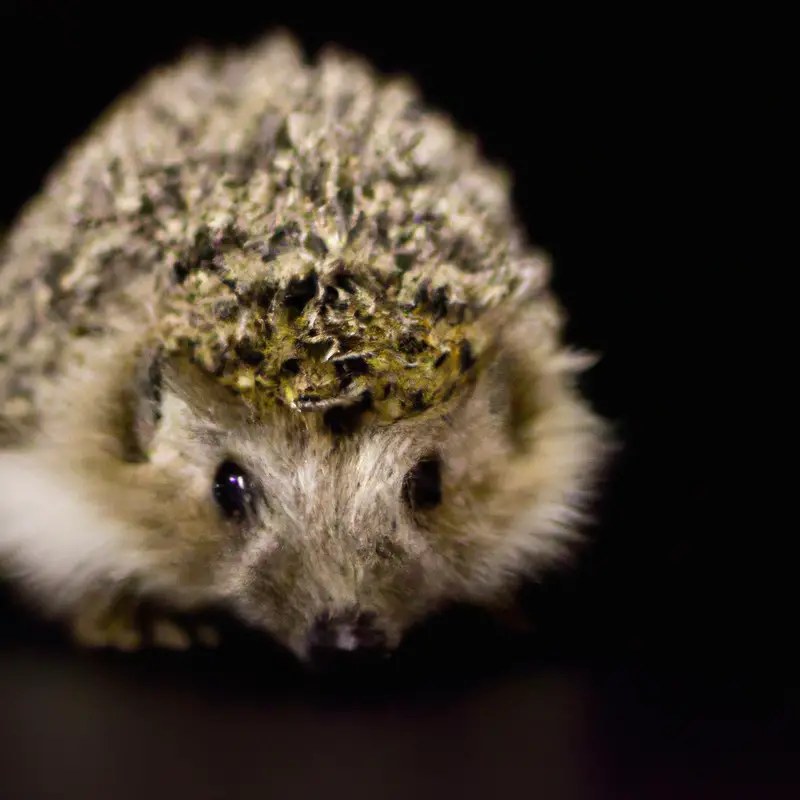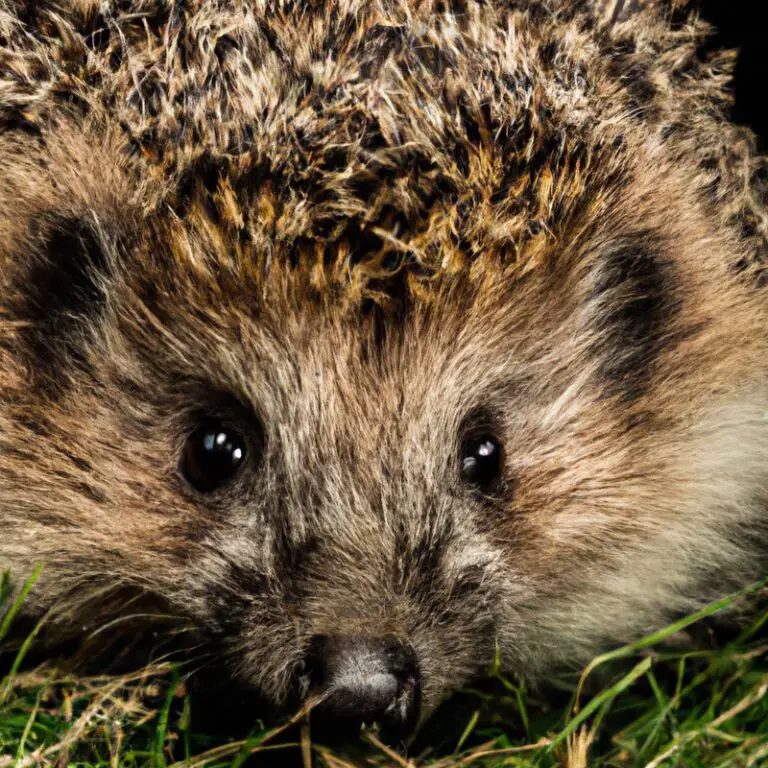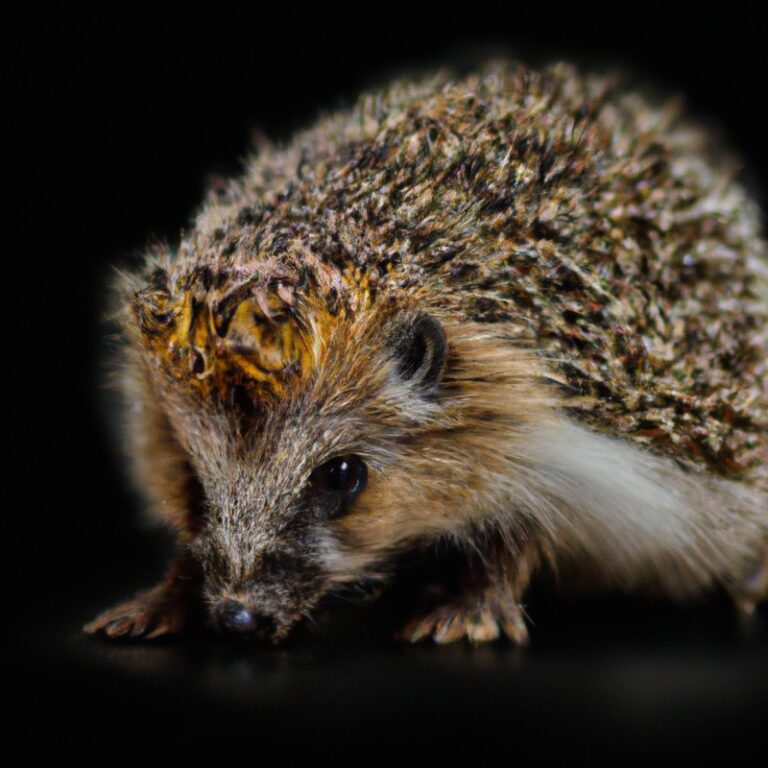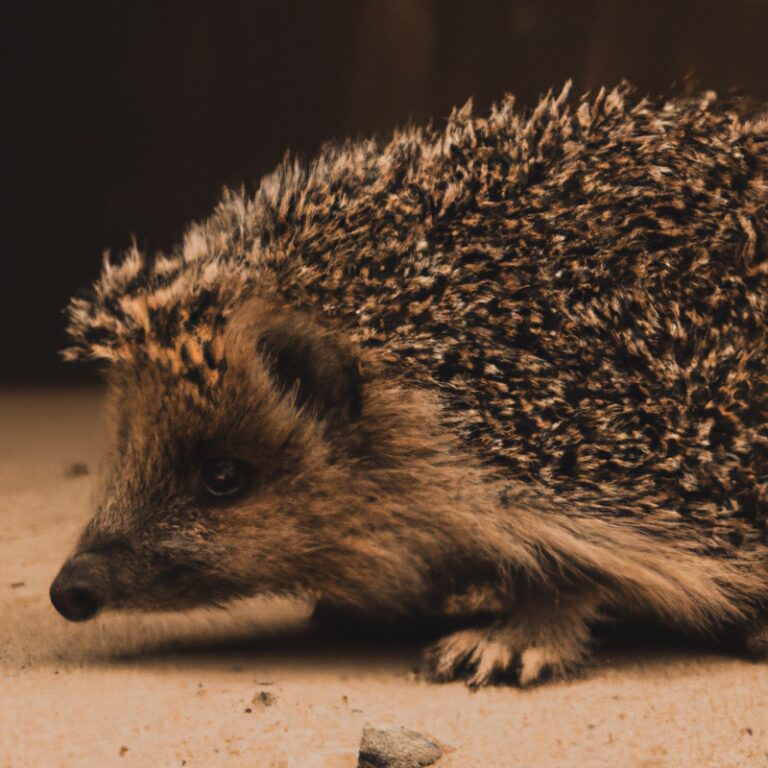What Is The Mating Behavior Of Hedgehogs?
Key Takeaways:
- Hedgehogs exhibit promiscuous mating behavior.
- Male hedgehogs may engage in “mating trains.”
- Mating behavior is influenced by seasonal cues.
- Mating can be accompanied by vocalizations and courtship displays.
Have you ever wondered what goes on in the world of hedgehog romance?
Well, prepare to be amazed as we dive into the captivating world of hedgehog mating behavior.
From courtship rituals to the challenges they face in finding a compatible mate, hedgehogs have a unique way of navigating the murky waters of love.
Join me as we explore the fascinating courtship and attraction strategies of hedgehogs, the intricacies of their mating habits, and even uncover some frequently asked questions about their love lives.
Get ready to be charmed by the tiny spiky creatures and their extraordinary reproductive journey!
| Mating Behavior of Hedgehogs | |
| Feature | Explanation |
| Seasonality | Hedgehogs mate during spring and early autumn. |
| Mating Ritual | The male hedgehog performs a courtship ritual by sniffing the female and circling around her. |
| Multiple Mates | Female hedgehogs can have multiple partners during one mating season. |
| Copulation | The male mounts the female from behind and copulation can last for several minutes. |
| Gestation Period | The gestation period for hedgehogs is around 30-40 days. |
| Birth | Hedgehogs give birth to a litter of 3-5 hoglets. |
| Maternal Care | The female hedgehog provides maternal care to the hoglets, nursing them and teaching them to forage. |
Courtship and Attraction in Hedgehogs
Hedgehogs have unique courtship rituals and behaviors to attract mates. Scent plays a crucial role in the mating process of hedgehogs.
Courtship Rituals and Displays
Courtship rituals and displays play an important role in hedgehog mating behavior.
During courtship, male hedgehogs perform a variety of displays to attract females.
These displays often involve vocalizations, such as grunting or purring, as well as physical posturing, like raising their quills or arching their backs.
Another common courtship ritual is the “circle dance,” where the male moves in a circular pattern around the female.
These behaviors signal the male’s readiness to mate and help establish a connection with the female hedgehog.

The Importance of Scent in Hedgehog Mating
In hedgehog mating, scent is vital.
Hedgehogs rely on their sense of smell to attract potential mates and determine their suitability.
Male hedgehogs emit a strong scent to indicate their readiness to mate, while female hedgehogs emit a particular odor during their receptive period.
Through scent, hedgehogs identify each other, establish compatibility, and initiate courtship behaviors.
It is a critical means of communication in their reproductive process.
Hedgehog Mating Habits
Hedgehogs have unique mating habits that are influenced by factors such as season, temperature, and the female hedgehog’s ovulation cycle.
Monoestrus Reproduction in Hedgehogs
Hedgehogs have a reproductive strategy called monoestrus, which means they only go into heat or estrus once a year.
During this time, female hedgehogs are receptive to mating for a short period, typically lasting a few days.
Male hedgehogs will compete for the opportunity to mate with the female.
Once mating occurs, the female will undergo a gestation period of around 30 to 40 days before giving birth to a litter of hoglets.
This reproductive pattern ensures that hedgehogs are well-adapted to their environment and can sustain their populations.

The Effect of Season and Temperature on Mating Habits
The mating habits of hedgehogs are influenced by the season and temperature. In colder seasons, hedgehogs tend to mate less frequently or not at all.
As the temperature rises, typically in spring and summer, their mating behavior increases.
Hedgehogs are more active and their reproductive systems are more receptive during warmer weather. High temperatures can also affect their fertility and mating patterns, with extreme heat sometimes causing a decrease in mating activity.
So, season and temperature play a significant role in hedgehog mating habits.
Ovulation and the Female Hedgehog’s Receptiveness
Female hedgehogs are only receptive to mating during their reproductive cycle, which is influenced by ovulation. Ovulation is when an egg is released from the ovary and is ready to be fertilized.
Female hedgehogs are only receptive to mating for a short period of time, usually around one to two days during each cycle.
It is important for male hedgehogs to mate with the female during this time in order for successful reproduction to occur. Understanding the timing of ovulation and the female hedgehog’s receptiveness is key to successful breeding efforts.
Mating Challenges for Hedgehogs
Mating challenges for hedgehogs can include compatibility and mate selection as well as competition among males.
Hedgehog Compatibility and Mate Selection
Hedgehog Compatibility and Mate Selection can be a complex process.
Hedgehogs must be of similar size and age to ensure a successful pairing.
It’s important to introduce them gradually, in a neutral space, to minimize stress.
Hedgehogs also have unique personalities, so observing their interactions is key.
Look for signs of mutual interest and comfort.
A compatible mate should display positive body language, such as relaxed spines and vocalizations.
Remember, it’s essential to prioritize the welfare and safety of the hedgehogs throughout the mating process.
Competing for Mates: Male-Male Interactions
Male hedgehogs engage in competitive interactions when it comes to mating. They use a variety of tactics to win over a female mate, including aggressive behaviors such as charging, circling, and vocalizing.
These interactions can sometimes escalate into physical fights, where the males use their spiky quills for defense.
The outcome of these interactions determines which male will have the opportunity to mate with the female. It’s an intense and potentially risky process, but essential for ensuring the continuation of the hedgehog population.
Hedgehog Reproduction
Hedgehog Reproduction involves the gestation period and birth of offspring, as well as the care provided to the young hedgehogs.
The Gestation Period of Hedgehogs
The gestation period of hedgehogs typically lasts for about 35 to 40 days. During this time, female hedgehogs carry and nurture their developing embryos inside their bodies.
Once the gestation period is complete, the female hedgehog will give birth to a litter of hoglets, which are born blind and hairless.
It is important to provide a safe and comfortable environment for pregnant hedgehogs to ensure a healthy gestation period and successful birth of the hoglets.
Birth and Care of Hedgehog Offspring
Hedgehogs give birth to litters of about 4-5 hoglets. The birth takes place about 30-40 days after mating, inside a nest made of leaves and grass.
The mother hedgehog plays a crucial role in raising her offspring, providing warmth and protection.
Hedgehog mothers are protective, so it’s important to avoid disturbing them during this period. The hoglets stay with their mother for 6-8 weeks until they are developed enough to go out on their own.
During this time, the mother teaches them essential survival skills, like foraging for food and defending themselves.
It’s fascinating to see how hedgehogs grow and thrive under their mother’s care!
Frequently Asked Questions about Hedgehog Mating Behavior
How often do hedgehogs mate?
Hedgehogs mate once a year, typically during the spring or early summer months.
This is usually a one-time event, and they do not mate multiple times during the breeding season.
After mating, the female hedgehog will undergo a gestation period of about 35 days before giving birth to a litter of hoglets.
Keep in mind that hedgehog mating behavior may vary slightly depending on the species and individual hedgehogs.
Do hedgehogs mate for life?
Hedgehogs do not mate for life. They are solitary animals and do not form long-term pair bonds.
Instead, they come together for mating purposes, and the male leaves shortly after.
Hedgehogs are not involved in raising their offspring, so they do not need to maintain any long-term relationships. However, it’s important to note that hedgehogs have different mating behaviors and can mate with multiple partners during the mating season.
What should I do if my hedgehog refuses to mate?
If your hedgehog refuses to mate, there are a few things you can try to encourage breeding behavior. Firstly, make sure your hedgehog is healthy and in the optimal condition for mating.
Provide a comfortable and stress-free environment, with plenty of hiding spots and fresh bedding.
Additionally, ensure that the temperature and lighting conditions are suitable for breeding. You can also try introducing your hedgehog to a potential mate gradually, allowing them to get familiar with each other’s scent before attempting to mate.
Patience is key, as not all hedgehogs will breed immediately.
If your attempts are unsuccessful, it might be worth consulting a veterinarian or a hedgehog breeder for further advice.
Final Verdict
The mating behavior of hedgehogs is a fascinating and complex process. Courtship rituals and displays, such as circling and sniffing, play a crucial role in attracting a mate.
Scent also plays a vital role, as female hedgehogs release pheromones to indicate their receptiveness.
Mating habits are influenced by the monoestrus reproductive cycle and are affected by factors like season, temperature, and ovulation. Challenges arise in mate selection and male-male interactions.
Hedgehog reproduction involves a gestation period followed by the birth and care of offspring.
Understanding these behaviors helps hedgehog owners support and promote successful mating.







